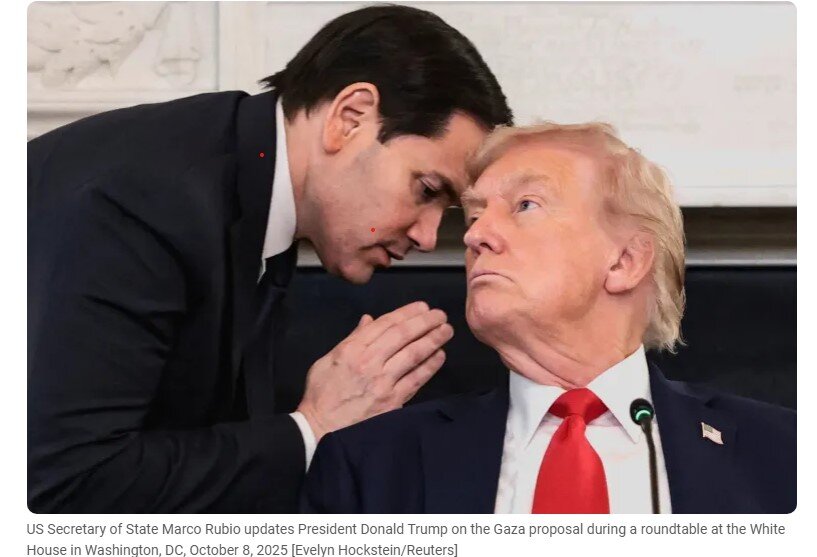Acknowledging the resistance: What the Gaza ceasefire really means

LONDON - The first phase of the Gaza ceasefire plan includes the release of prisoners from both sides, in addition to the entry of aid into the Gaza Strip. It also includes the Israeli occupation entity’s withdrawal to the “yellow line,” i.e. the first stage in the withdrawal. The most crucial objective for Trump is showing that the agreement was achieved by him.
However, this does not mean the rest of the plan will proceed smoothly, which are more complicated and will not happen now. This especially includes disarmament of the resistance movement, removal of resistance leaders from Gaza, the complete withdrawal from Gaza and how to govern Gaza. Therefore, the security disorder and confusion will persist.
It is unlikely there will be a comprehensive explosion of the situation on the military level. Rather, it is more likely that military operations, as observed in Lebanon, with continue with targeted strikes and assassinations.
The mere agreement to stop the war is an acknowledgement of a new balance of power, one where the resistance still exists. Halting the war is an admission that the resistance remains and they were not able to defeat it militarily. This applies to the general situation in the region as a whole.
According to the American plan, after a ceasefire with Lebanon late last year, a president and a prime minister were appointed. This was in hopes of containing the resistance in Lebanon and disarming it. America considered that this would be a defeat of the resistance. However, this is not the reality on the ground. America will try this similarly in Gaza, through the papers prepared regarding governing Gaza, with a direct Arab and international role.
The American intervention, aimed at removing the resistance from the state's civil administration, could succeed, paving the way for new arrangements. Meanwhile, security and military operations will continue in ways that fit the objective. However, the main goal — removing the Gazan resistance militarily, seizing its weapons and Israel’s full withdrawal from Gaza — will not happen.
This prevents the situation from moving towards a complete settlement, as the Israeli entity will go on with targeted assassinations. Therefore, the move to impose a new civil administration on Gaza that would include Palestinians, with an Arab and international role, is not expected to stabilize and succeed. The first celebratory stage, including the release of hostages, will be completed, but other stages will remain subject to give and take.
The maximum gain America and the Israeli entity could obtain after two years of war is the current status quo, in which the resistance as a whole obliges itself to end the war. This is an admission that the war ended without the destruction of the resistance — it still exists.
The battle is shifting towards another form that is more security-oriented than militarily oriented, and more political in nature. This is an achievement for the resistance, in that it prevented the enemy from achieving its declared goals of eliminating it.
As for Iran or the Lebanese front, the pressure is expected to continue, with less likelihood toward opening a full-scale war. Efforts will likely turn towards attempting to achieve objectives through security and political pressure rather than military ones.
In short, the security-political situation in the next stage will be fragile and unstable.
